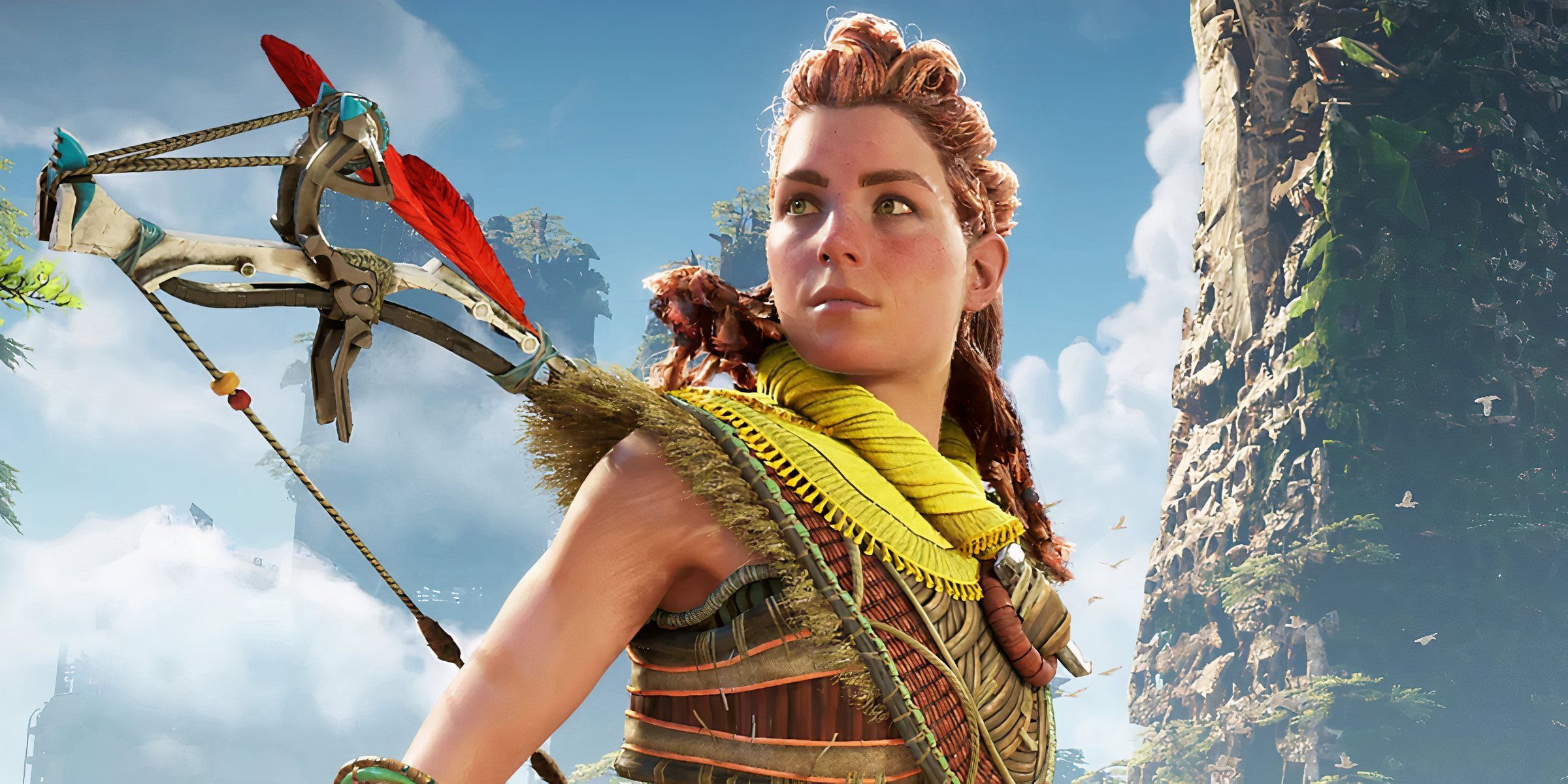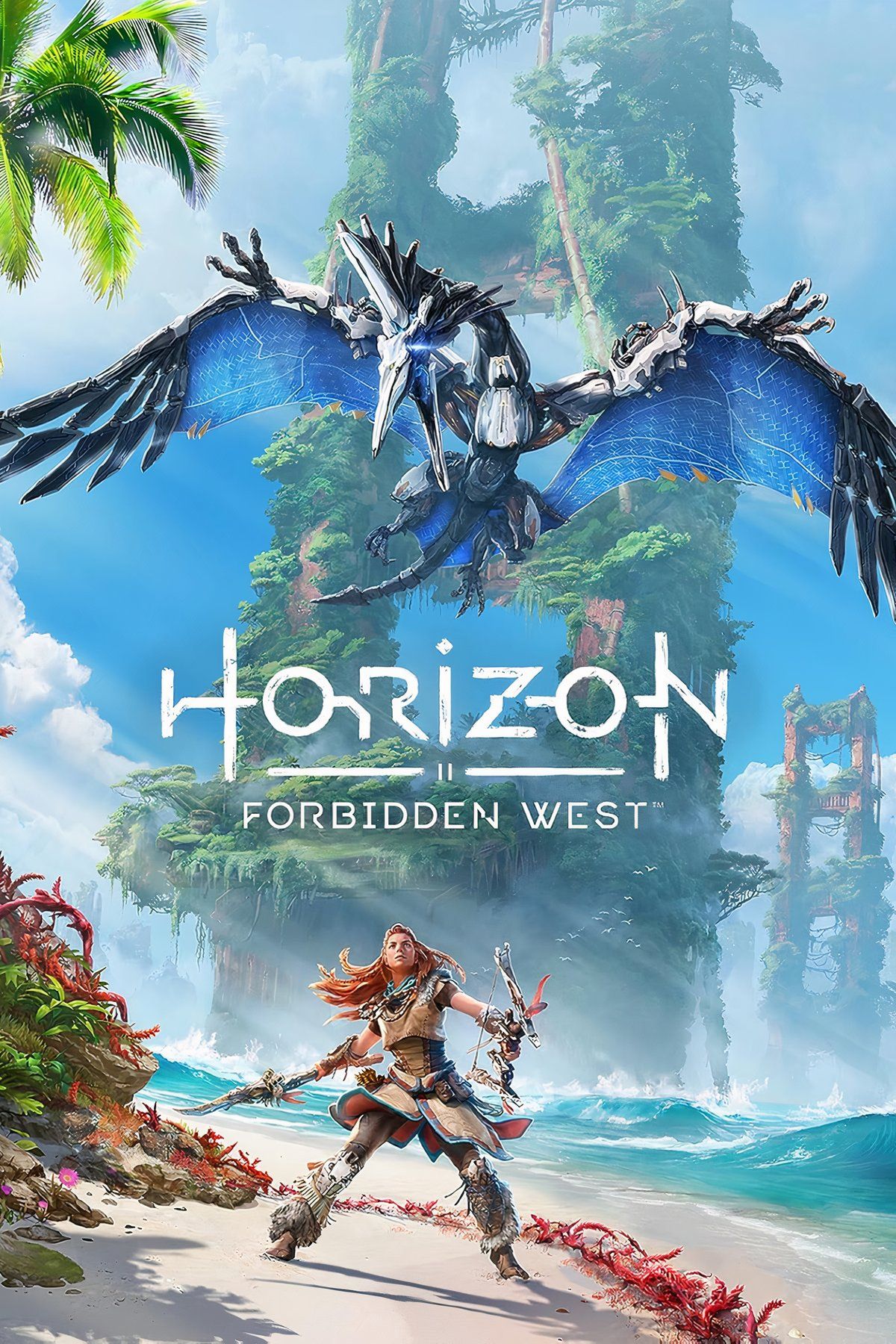Horizon Forbidden West, much like its predecessor, is a beloved open-world game replete with stunning vistas to explore, surprisingly deep combat for its genre space, and some of the most impressively realized, photorealistic graphics the industry has ever seen. Certainly, Horizon Forbidden West and Horizon Zero Dawn are robust, content-rich open-world games to their core, but it’s worth pondering what they would be like if that weren’t the case.
Open-world game design has exploded and evolved exponentially over the years, with the concept becoming increasingly normalized starting in the seventh console generation. Perhaps this can be chalked up to the leap in hardware capabilities between the Xbox/PS2 and Xbox 360/PS3, which allowed franchises like Far Cry and Assassin’s Creed to flourish with dizzyingly large maps packed with activities. But whatever the reason, open-world experiences like Horizon Forbidden West are now more or less commonplace, with even historically linear-focused developers like FromSoftware taking a crack at the idea. As Guerrilla Games continues to develop its Horizon series, there’s a case to be made that this open-world formula should be left in the past, replaced with something a bit more structured.

Related
Horizon 3: After Their Forbidden West Downgrade, This Iconic Horizon Machine Could Use a Makeover
One of Horizon Zero Dawn’s most famous robotic foes saw a bit of backslide in Forbidden West, and should return to form in Horizon 3.
The Case for Horizon Forbidden West’s Sequel to Ditch the Open-World
Horizon Forbidden West Falls Victim to Common Open-World Woes
While many enjoy Horizon Zero Dawn and Horizon Forbidden West‘s open-world design, others are weary of it. Ultimately, the games succumb to many of the same shortcomings befalling series like Assassin’s Creed and Far Cry, which have mutated from their status as genre leaders into bloated, overwrought cautionary tales about the importance of innovation. The key critique of this open-world design philosophy, often called the “Ubisoft open-world,” is its general quantity-over-quality construction, which prioritizes dull or repetitive checklist-style activities designed to soak up player time rather than provide them with novel gameplay or narrative opportunities.
At the end of the day, while Horizon Forbidden West‘s combat is superb, its universe is intriguing, and its visuals are breathtaking, there’s not much reason to justify yet another massive open-world in the third entry. In a lot of ways, these strengths are actually hindered by the series’ open-world formula: there’s too much time spent checking menial items off lists, traveling to and fro, and completing repetitive activities. In other words, Horizon‘s greatest strengths are smothered by an abundance of all-too-common open-world bloat, and future games may want to remedy that.
What Guerilla Games Could Replace Horizon’s Open-World With
With Horizon Forbidden West‘s excellent third-person-shooter mechanics and dramatic sci-fi narrative, one could argue that a linear, Uncharted-style format would work better for the series as a whole. Maybe the next Horizon could feature the same vibrant worldbuilding and complex combat sandbox as its predecessors, but within a more structured, mission-based template, perhaps with a few open-region areas here and there, like what’s been offered in The Last of Us Part 2 and Uncharted 4. This could help with the pacing of both combat and narrative, the latter of which will be hugely important since the next game will cap off Aloy’s story. Alternatively, Horizon 3 could keep the open-world formula, but trim the fat and keep things more quest-focused, like what the two most recent God of War games have done.
Potential Drawbacks of Abandoning Horizon’s Open-World Formula
Of course, a lot of players like Horizon‘s open-world design, and for good reason: it facilitates worldbuilding, provides ample opportunities for engaging side content like Cauldrons, and buttresses the sense that Aloy is on a grand, Odyssey-like adventure. Fans may rightly be concerned that a switch to a linear style would undermine these strengths, but this isn’t a guarantee. A more linear structure in Horizon 3 could actually improve worldbuilding through thoughtfully-organized missions, side-content could be hidden within levels like in Armored Core 6, and the storytelling could enjoy a massive face-lift, as there would be a greater sense of pacing, tension, and stakes.


